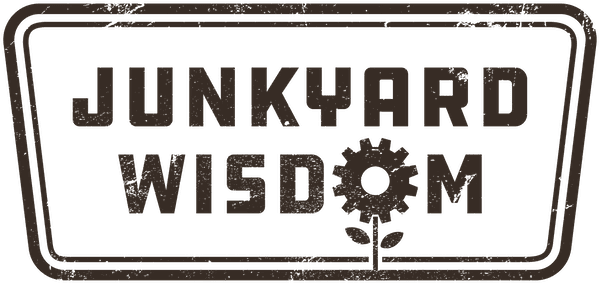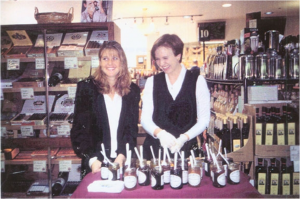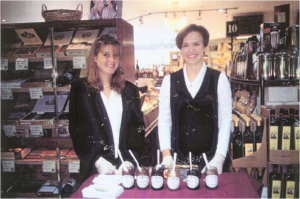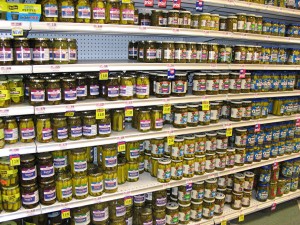Here’s a classic example of how Junkyard Wisdom precedes academic insight.
A few years ago I read a marketing book that cited a Stanford University study. The Stanford researcher had gone to a high end grocery store and set up a small table with 24 jams to sample. A huge number of shoppers stopped to taste the jams, but there were few buyers.
Then the researchers returned to the same store and only offered six jams to sample. Fewer people stopped to sample. But sales skyrocketed!
The obvious conclusion is that too many choices will overwhelm a buyer. Being overwhelmed, the shopper is unable to choose and no sale is made.
A lot of attention is being paid to this new insight, from TED talks to highly funded research papers. There are a whole slew of books, such as Kent Greenfield’s The Myth of Choice or Sheena Iyengar’s The Art of Choosing.
Iyengar was the Stanford researcher who finished her PhD with her jam stand at Draeger’s.
I’ve not read the books or watched the TED talks. In part because I don’t need to. The conclusions were taught to me decades ago by my father. In the junkyard.
Dad had an operating philosophy: have a huge inventory of parts in the yard, but only a handful in the shop where customers would see them. It created a sense of scale people could understand. I saw this same philosophy in his leasing style. If Goble Properties had 5 vacancies, he’d only advertise one. If a prospective lessee wanted to see a space, Dad would only show him one. It created a sense of scarcity, but more importantly it kept the transaction simple and manageable.
A tenant who sees multiple spaces can easily be overwhelmed by the questions and possibilities — this one has more visibility, that one has more parking, in this one I could put the generator over here, but in this one it has to be over there, etc etc. Those questions and options — though important — can create decision fatigue that prevents a customer from making any decision at all.
So it’s fun to see my Dad’s marketing techniques finally be recognized. Dad was pretty smart. Maybe Stanford will give him a posthumous PhD.
One more story related to this. A friend of mine served overseas in a remote rural area for a year. His shopping choices were few and far between. Upon arriving home in the States, he told me about a breakdown at the local grocery store. His wife sent him to the store to buy pickles, but he was overwhelmed by the choices. A dozen brands, various cuts, different flavorings, multiple container sizes, some on sale, others with club discounts … the choice was maddening for him. Once he had chosen the pickles he wanted, he had to choose which checkout line to choose: self serve, express lane, cash only lane, regular lane? Once that was over he was asked if he wished to pay with credit, debit or cash. Then paper, plastic, or did he bring his own bags?
At this point he froze. He told me he just couldn’t handle it. He walked away from the clerk. Left his pickles on the counter, went to his car, and drove home.
Now that might sound like an extreme reaction. But in some small way, don’t we often feel the same way when we’re overwhelmed by options? Especially when all the options are good ones and there really is no wrong decision?
Sometimes more is less. Thanks, Dad, for teaching that to me a long time ago.



